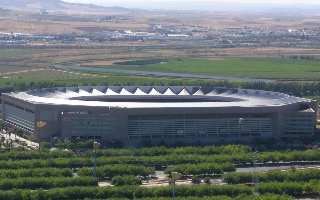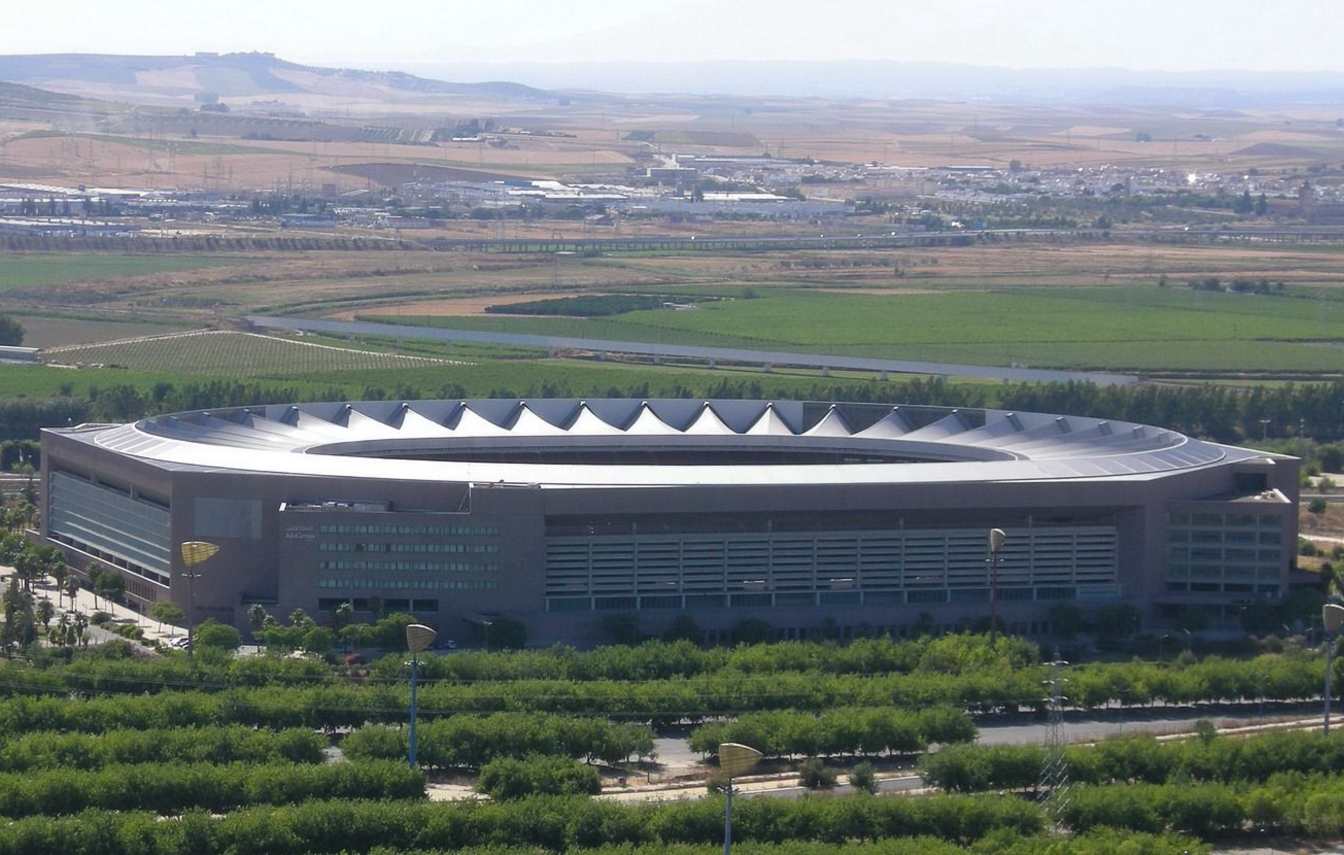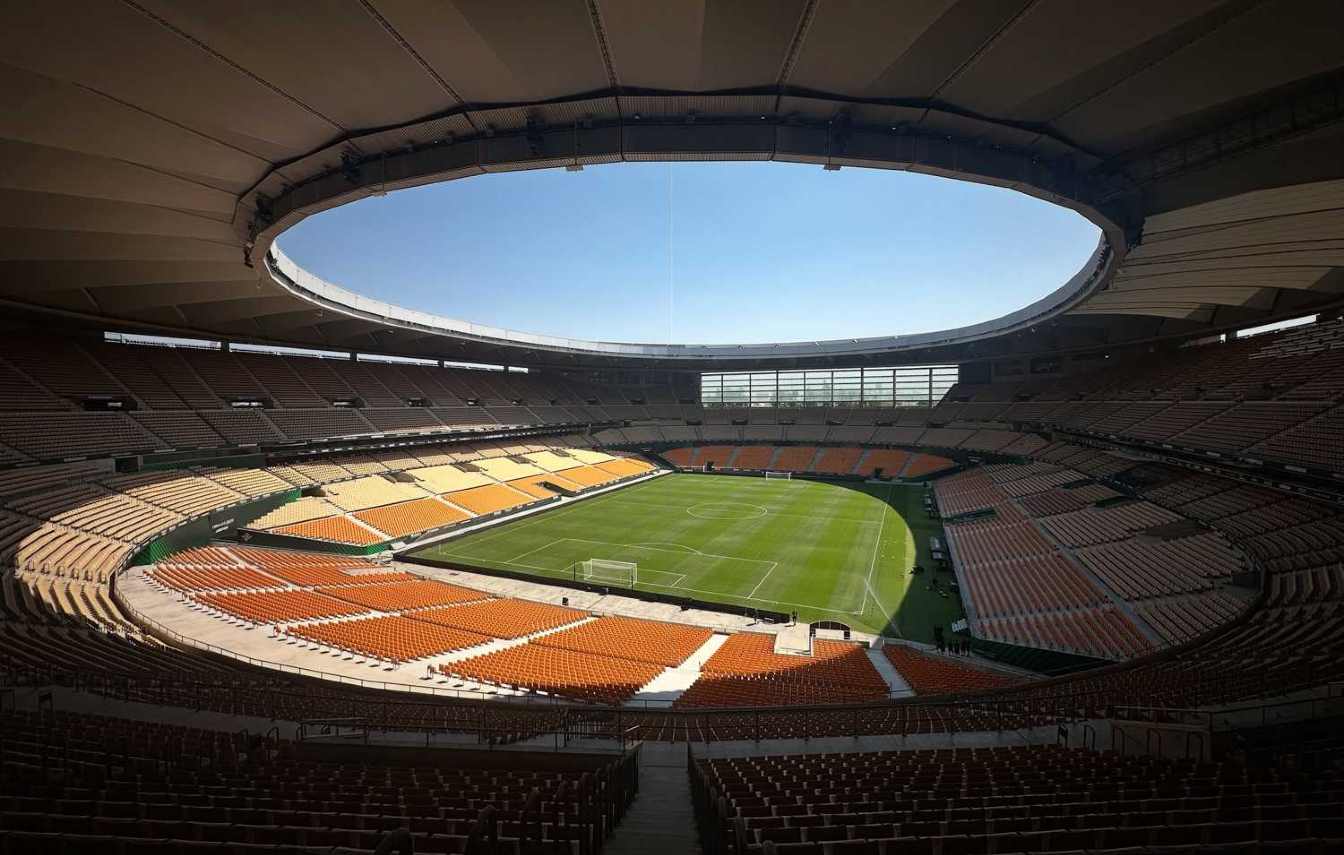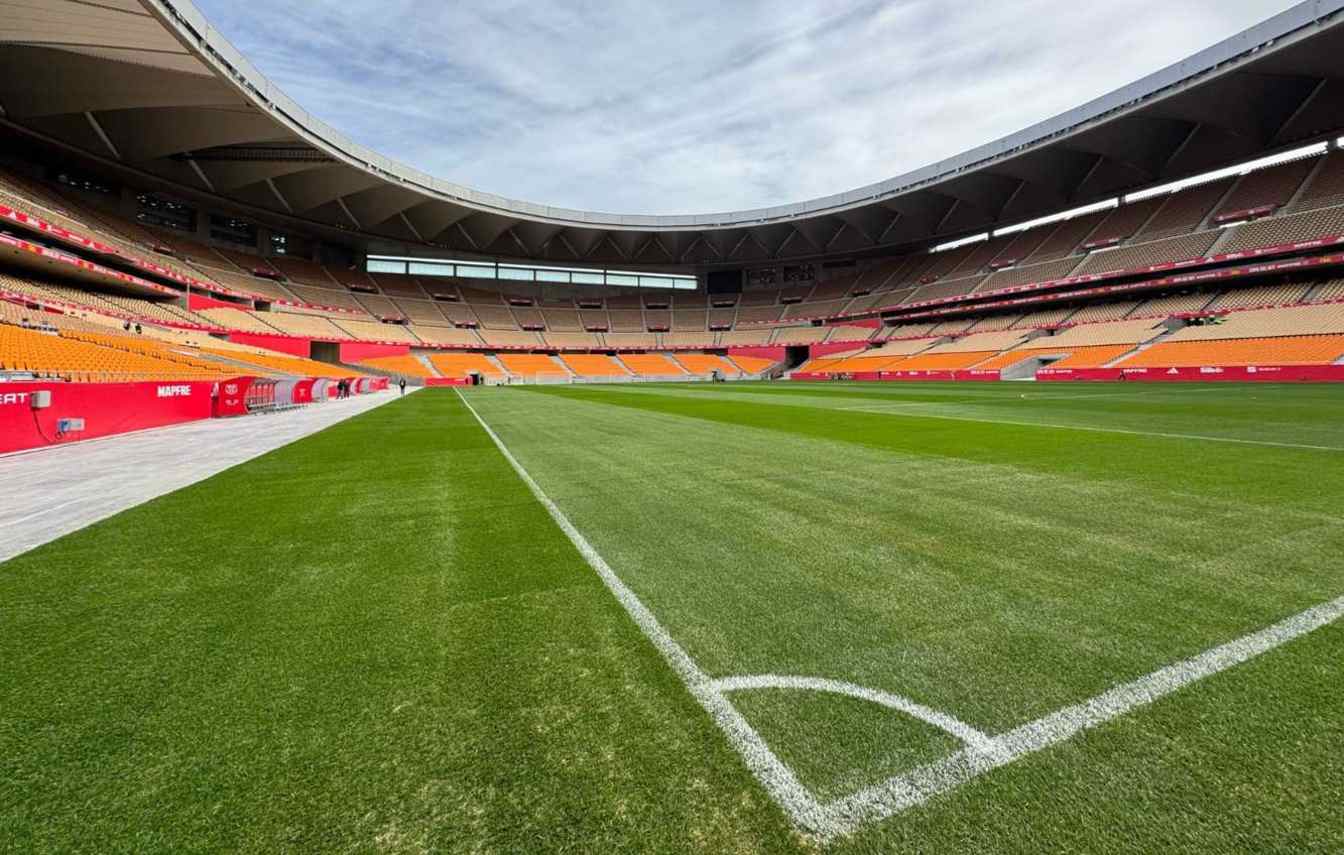Spain: La Cartuja, the Spanish Wembley? World Cup works to cost €120 million
source: StadiumDB.com; author: Paulina Skóra
 Spain is preparing for the 2030 World Cup, which it will host jointly with Portugal and Morocco. One of the eleven Spanish host stadiums will be Estadio La Cartuja in Seville – the third-largest venue in the country after Santiago Bernabéu and Metropolitano.
Spain is preparing for the 2030 World Cup, which it will host jointly with Portugal and Morocco. One of the eleven Spanish host stadiums will be Estadio La Cartuja in Seville – the third-largest venue in the country after Santiago Bernabéu and Metropolitano.
Advertisement
All eyes on the World Cup
Until recently, Estadio La Cartuja had 52,000 seats and an athletics track. Removing the track and expanding the stands by adding a new lower tier is just the beginning of an investment plan prepared by the company managing the stadium. The plan includes 29 actions requiring a total investment of €137 million.
Mayor José Luis Sanz has already proposed the stadium as a host for a semifinal or final, aiming to make it one of the most important arenas of the tournament. According to a report prepared for FIFA 2030 World Cup planning, first came the stage of increasing capacity with an €18 million investment, which has already been completed. The new stadium configuration debuted during the Copa del Rey final on April 26 between Real Madrid and FC Barcelona.
 © Discober92 (cc: by-sa)
© Discober92 (cc: by-sa)
La Cartuja as a national stadium?
As the countdown to the event continues, La Cartuja aims to prove it can become Spain’s Wembley,
as it has sometimes been called by the Junta de Andalucía and the Royal Spanish Football Federation (RFEF) due to its potential significance similar to Wembley’s for England. The stadium has already hosted Spanish national team matches (including Euro 2020), Copa del Rey finals, concerts, shows, and festivals.
RFEF president Rafael Louzán recently confirmed that a tender has been announced for the 2025/26 Copa del Rey final, adding that the Junta de Andalucía and RFAF (Andalusian Federation) are very keen that we can continue playing at La Cartuja.
Since the 2019/20 season, the final has been held in Seville, but the agreement linking the Junta de Andalucía and Estadio La Cartuja with the RFEF has ended.
Second and largest modernization phase
According to a preliminary, not yet approved plan, the second phase of Estadio La Cartuja’s renovation will cost a total of €119 million and includes several key investments. The plan aims not only to further expand and modernize the stadium but also to transform its surroundings. The central work will be the expansion of the roof, covering the new tier built in the first phase as well as unrenovated sections from 2020, with an estimated cost of €21 million.
At the same time, installations will be modernized – from telecommunications, electrical networks, and lighting (internal and sports) to sound systems, video boards, elevators and freight lifts, as well as air conditioning, fire safety, and entry gates. Bringing these elements up to FIFA standards will cost an additional €17 million.
Fan comfort will also see improvements. Restrooms and food service points will be renovated and expanded (€3 million). Renovation of finishes – one of the largest budget items, estimated at €25 million – will include a new façade, flooring, painting, seat replacement, and interior finishes. Another €5 million will be allocated to expanding hospitality areas, including VIP boxes and sectors.
The largest single investment concerns the stadium surroundings. €30 million is planned for reorganizing adjacent areas and roads, improving circulation and creating new functional spaces. This includes €3 million for new south-side entrances and €18 million for FIFA-compliant public parking. The plan also calls for solar panels on the stadium roof to generate clean energy.
The schedule foresees peak investment in 2028, when Real Betis will leave the stadium, allowing faster progress. Prior to that, in 2026 and the first half of 2027, the club’s presence will impose limits on construction. By late 2029, work intensity will decrease again as World Cup preparations enter the final stage.
Advertisement
 StadiumDB
StadiumDB
